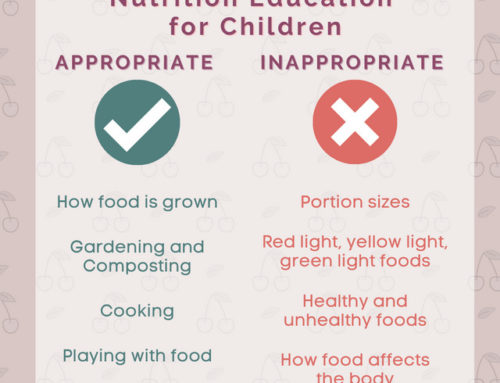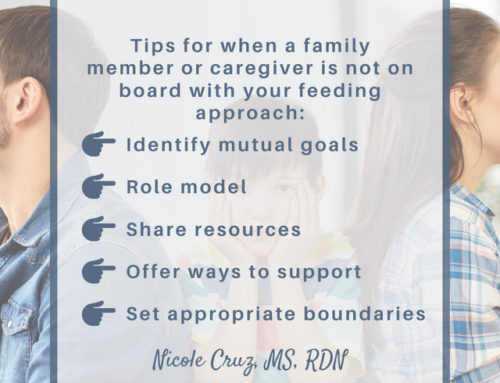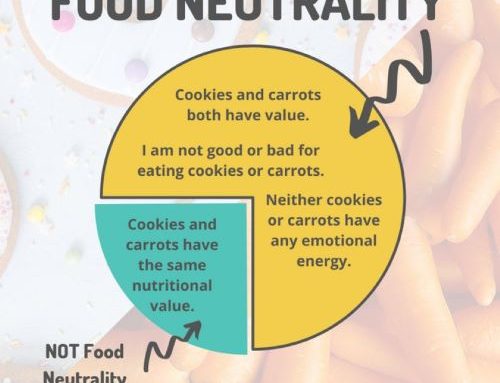Do you have a kiddo who would only eat cookies, candy, and ice cream all day if you let him? Are you wondering, how to help your child’s sugar obsession?
You’re definitely not alone! I hear this all the time from other parents too!
You probably watch your kid eat an abundant amount of cookies at a party. Ask for ice cream all day. Or eat candy after candy, and they seemingly always want more!
It really feels like that’s all they EVER want to eat, and that’s all they would eat if you let them! I get it!
I used to think this too! All of my kids enjoy sweets, but my oldest is definitely my biggest sugar fan! I’ve watched him have multiple desserts at a party and eat candy to the point of not feeling well.
I must be honest, it used to make me a little anxious. I would get annoyed when other people brought out sweets because I thought, here we go again! I felt stressed! I could feel the tension I had around it.
And one day at a family party I made a comment to my husband about the dessert someone brought, and my husband said, because it’s fun!
It was in that moment I realized that I had lost the joy around sweets. I had worked so hard to get to that point in my own life with food, but I was stressing about my kiddo. For whatever reason, I didn’t trust him!
I decided I really had to let things go! That was years ago! And to this day, he still loves his sweets, but he also leaves them!

At this point you might be saying, Nicole, you don’t get it! My kid ALWAYS wants more dessert! And he will NEVER choose to eat a vegetable.
I know I already said it, but I used to believe this too! And now, I’ve seen my kids, and I’ve worked with tons of clients, who watch their children leave dessert behind and willingly choose, or even ask, for veggies!
So, what’s the secret? How do you help your child’s sugar obsession?
Are you ready for it?
I know it might sound crazy, but the number one way to help your child’s sugar obsession is permission!
Permission to eat the foods he’s obsessing about more often and without judgement.
So, let’s get practical. How do you give more permission?
It doesn’t have to be free for all, let them eat anything they want at any time. But there a few things you can do to maintain structure while ensuring they know they will get to have them again and again.
- Practice the Division of Responsibility in feeding.
- Offer the foods they want more often.
- Reduce the energy around food.
1. Practice The Division of Responsibility in feeding!
I’m guessing by now you might have heard of the Division of Responsibility (DOR) by Ellyn Satter, but I’ll give you a brief recap.
The DOR designates roles in eating for parents and children.
- Parents decide: What, When, and Where of food
- Children decide: How much, if any, to eat from what is provided
- So using the DOR allows for that balance between parents providing some structure and children getting autonomy to feed themselves from what is provided.
When we use Satter’s Division of Responsibility, we’re still deciding WHAT to serve.
Children are not only eating candy and ice cream all day, unless that’s all you’re providing.
To paraphrase Ellyn Satter, children’s eating issues stem from being under supported or overly controlled.
2. Offer sugar more often.
While using the DOR and deciding what to offer, include the foods they tend to want more often. If a certain food is creating a battle or you feel like your child has an unhealthy obsession with it, include it regularly.
I recommend at least once a day, but for some foods, you might include them a couple times a day, or at every meal.
I know it sounds counter intuitive, to allow more of the foods that they already want. But children need to know they are allowed to have them again and again and they won’t be taken away. Otherwise, they eat as much as possible when they are available, because they don’t know when they will get them again. It’s the basic scarcity mentality.
3. Reduce the energy around food.
- Use neutral language (not good, bad, healthy, unhealthy).
- Say yes whenever possible. Even if it’s yes, tomorrow.
- Allow them to eat what they want, if any, from what’s provided.
- Do not pressure, bribe, or force them to eat any food.
More often than not, it’s our own fears and energy we put into certain foods.
As adults, many of us don’t trust ourselves with food. We believe that if we didn’t control our own intake, we would be out of control with food. If we ate what we wanted, it would pizza, chips, and ice cream all day too! So we pass that same thinking onto our children.
Trust the process and trust them to eat.
We create energy around the food by getting frustrated and saying No over and over. Or telling them they have to eat something else first. Or we get into battles over food!
Children are intuitive eaters by nature. If they no longer eat intuitively, it’s because something else has gotten in the way. But the beauty is, we can support them in reclaiming their innate ability.
You might see some days they choose more sweets. And then another day they want more fresh produce.
When children are provided with a variety of options, they typically balance out their overall intake over time, without us interfering. They need permission to eat sweets so they don’t feel scarce. That’s how you help your child’s sugar obsession.
And for more practical strategies, download My Kid Has a Sweet Tooth, What Do I Do: 5 Simple Ways to Help Your Child Have a Healthy Relationship with Sugar.









Leave A Comment